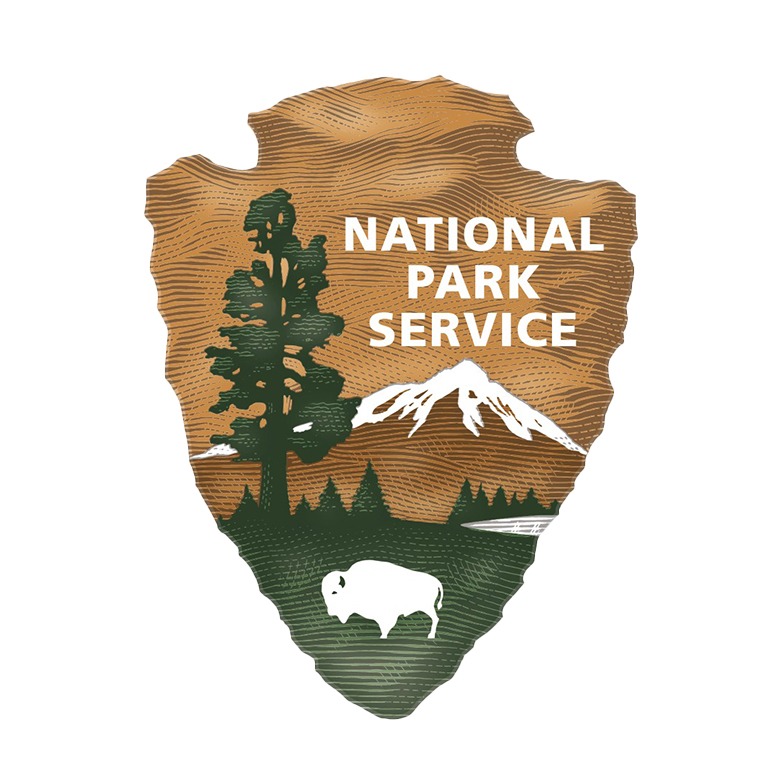Project overview: Survey the California spotted owl population in Yosemite to understand the long-term impacts of the 2013 Rim Fire on mortality and habitat.
How your support helps: Recently listed as “threatened” in the Sierra Nevada under the Endangered Species Act, California spotted owl populations have declined some 50% in the past 20 years due to high-severity wildfire, tree mortality, drought, and climate change.
From 2015–2017, Yosemite Conservancy funded a landmark study to investigate the effects of the 2013 Rim Fire, then the largest recorded fire in the Sierra Nevada. In the ensuing decade, megafires have become a regular occurrence and have emerged as a primary driver of California spotted owl decline. Understanding how these fires affect the owls’ occupancy, space-use, and reproduction over time will facilitate better land management to help California spotted owls persist in burned landscapes.
By resurveying the owl population 11+ years after the Rim Fire, we will be able to understand the longer-term consequences and management implications of megafires and pervasive tree mortality.
This year: In 2025, this project will build on past findings from the 2015–2017 study to provide insights into the interactions among wildfire, drought, tree mortality, and California spotted owls. Project insights are critical for managing owl habitat in Yosemite National Park and across the Sierra. In Yosemite, it will allow park managers to protect local nests and owls, and throughout the Sierra Nevada, it will support an understanding of the long-term effects of wildfire on this federally listed subspecies.
Project partners: Yosemite National Park and The Institute for Bird Populations

